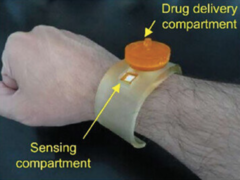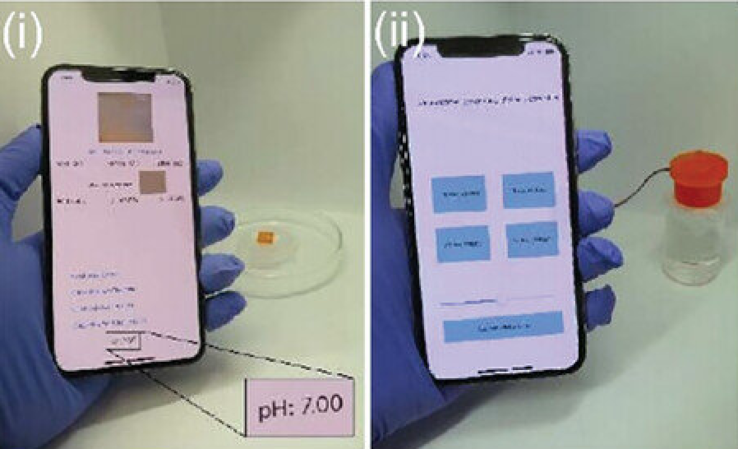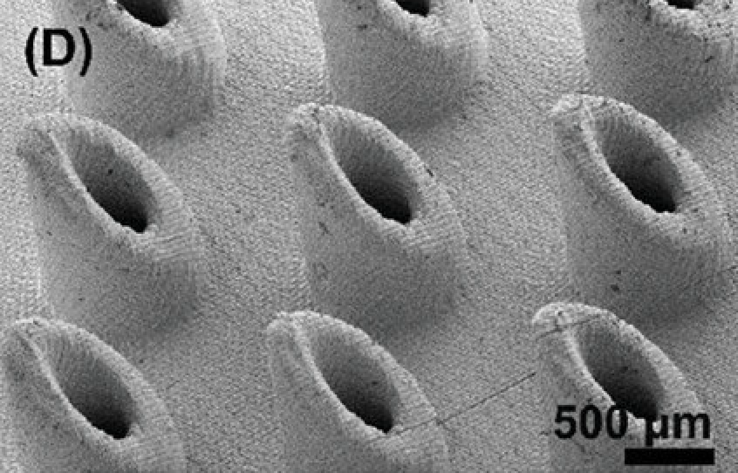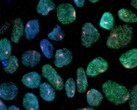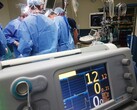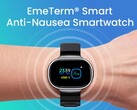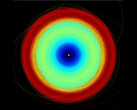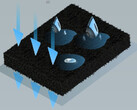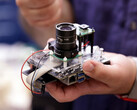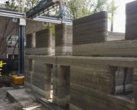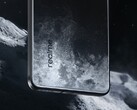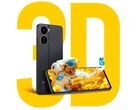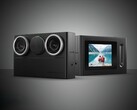Researchers at the University of Victoria and the Terasaki Institute for Biomedical Innovation (TIBI) have developed tech that merges remote health monitoring and drug delivery using 3D-printed hollow microneedles. According to a study published in Advanced Healthcare Materials, this technology has the potential to improve health care delivery, especially in underserved or remote regions.
The integrated theranostic microneedle array (MNA) is the most important part of their system, which provides access to interstitial fluid (the fluid present in the spaces around cells). The needles involved are 3D-printed, and they are tiny — way smaller than regular needles. They're designed to be painless and minimally invasive, meaning they don't hurt much and don't cause significant damage to the skin.
The MNA system includes colorimetric sensors (optical sensors that change their color around external stimuli) that quantitatively measure critical health indicators such as pH, glucose, and lactate levels. Additionally, the system also incorporates a remotely-triggered mechanism for on-demand drug delivery if needed.
A key feature of this technology is the use of an ultrasonic atomizer, which enables rapid, pumpless, and point-of-care drug administration. The researchers claim that their system is portable and is less complex than other options. The system can detect pH levels ranging from 3 to 8, glucose concentrations up to 16 mm, and lactate levels up to 1.6 mm. The technology also includes a smartphone application for both sensing and drug delivery functions.
The implications are far-reaching if the study is to be considered. By enabling remote health monitoring and treatment, it has the potential to bridge geographical and socioeconomic disparities in health care access. This could mean more timely interventions, continuous monitoring, and personalized care for patients who have conditions that require constant observation.




